Nori Equine IL-6 ELISA Kit-Whole Blood
$508.00 – $916.00
This ELISA kit is for quantification of IL-6 in horse. This is a quick ELISA assay that reduces time to 50% compared to the conventional method, and the entire assay only takes 3 hours. This assay employs the quantitative sandwich enzyme immunoassay technique and uses biotin-streptavidin chemistry to improve the performance of the assays. An antibody specific for IL-6 has been pre-coated onto a microplate. Standards and samples are pipetted into the wells and any IL-6 present is bound by the immobilized antibody. After washing away any unbound substances, a detection antibody specific for IL-6 is added to the wells. Following wash to remove any unbound antibody reagent, a detection reagent is added. After intensive wash a substrate solution is added to the wells and color develops in proportion to the amount of IL-6 bound in the initial step. The color development is stopped, and the intensity of the color is measured.
Alternative names for IL-6: IL6, interleukin 6
This product is for laboratory research use only not for diagnostic and therapeutic purposes or any other purposes.
- Description
- How Elisa Works
- Product Citation (25)
- Reviews (0)
Description
Nori Equine IL-6 ELISA Kit-Whole Blood Summary
Alternative names for IL-6: IL6, interleukin 6
Alternative name for equine: Horse
| Assay Type | Solid Phase Sandwich ELISA |
| Format | 96-well Microplate or 96-Well Strip Microplate |
| Method of Detection | Colorimetric |
| Number of Targets Detected | 1 |
| Target Antigen Accession Number | Q95181 |
| Assay Length | 3 hours |
| Quantitative/Semiquantitative | Quantitative |
| Sample Type | Plasma, Serum, Cell Culture, Urine, Cell/Tissue Lysates, Synovial Fluid, BAL, |
| Recommended Sample Dilution (Plasma/Serum) | No dilution for sample <ULOQ; sufficient dilution for samples >ULOQ |
| Sensitivity | 16 pg/mL |
| Detection Range | 81-5200 pg/mL |
| Specificity | Equine IL-6 |
| Cross-Reactivity | < 0.5% cross-reactivity observed with available related molecules, < 50% cross-species reactivity observed with species tested. |
| Interference | No significant interference observed with available related molecules |
| Storage/Stability | 4 ºC for up to 6 months |
| Usage | For Laboratory Research Use Only. Not for diagnostic or therapeutic use. |
| Additional Notes | The kit allows for use in multiple experiments. |
Standard Curve
Kit Components
1. Pre-coated 96-well Microplate
2. Biotinylated Detection Antibody
3. Streptavidin-HRP Conjugate
4. Lyophilized Standards
5. TMB One-Step Substrate
6. Stop Solution
7. 20 x PBS
8. Assay Buffer
Other Materials Required but not Provided:
1. Microplate Reader capable of measuring absorption at 450 nm
2. Log-log graph paper or computer and software for ELISA data analysis
3. Precision pipettes (1-1000 µl)
4. Multi-channel pipettes (300 µl)
5. Distilled or deionized water
Protocol Outline
1. Prepare all reagents, samples and standards as instructed in the datasheet.
2. Add 100 µl of Standard or samples to each well and incubate 1 h at RT.
3. Add 100 µl of Working Detection Antibody to each well and incubate 1 h at RT.
4. Add 100 µl of Working Streptavidin-HRP to each well and incubate 20 min at RT.
5. Add 100 µl of Substrate to each well and incubate 5-30 min at RT.
6. Add 50 µl of Stop Solution to each well and read at 450 nm immediately.
Background:
IL-6 is an interleukin that acts as both a pro-inflammatory and anti-inflammatory cytokine and is produced by T cells, macrophages, fibroblasts, osteoblasts, endothelial and other cells (1,2,3). IL-6 induces proliferation and differentiation and acts on B cells, T cells, thymocytes, and others. IL-6 is one of the most important mediators of fever and of the acute phase response. In the muscle and fatty tissue, IL-6 stimulates energy mobilization that leads to increased body temperature. IL-6 can be secreted by macrophages in response to specific microbial molecules, referred to as pathogen associated molecular patterns (PAMPS). IL-6 in concert with TGFβ is important for developing Th17 responses. IL-6 binds to IL-6Rα that through association induces gp130 homodimerization (1). gp130 homodimerization triggers the Jak/STAT cascade and the SHP2/Erk Map kinase cascade (1,4,5). IL-6 also forms a complex with an IL-6Rα splice variant that is non-membrane associated (4). The IL-6/soluble IL-6Rα complex can then activate the gp130 signaling pathway on cells that express gp130 but not IL6Rα (4). IL-6 is relevant to many disease processes such as diabetes (6), atherosclerosis (7), depression (8), Alzheimer’s Disease (9), systemic lupus erythematosus (10), prostate cancer (11), breast cancer (12), and rheumatoid arthritis (13).
References
1. Heinrich, P.C. et al. (1998) Biochem J 334 ( Pt 2), 297-314.
2. Heinrich, P.C. et al. (1998) Z Ernahrungswiss 37 Suppl 1, 43-9.
3. Febbraio MA and Pedersen BK (2005). Exerc Sport Sci Rev 33 (3): 114–9.
4. Jones, S.A. (2005) J Immunol 175, 3463-8.
5. Jenkins, B.J. et al. (2004) Mol Cell Biol 24, 1453-63.
6. Kristiansen OP and Mandrup-Poulsen T (2005). Diabetes 54 Suppl 2: S114–24.
7. Dubiński A and Zdrojewicz Z (2007). Pol. Merkur. Lekarski 22 (130): 291–4.
8. Dowlati Y, et al (2010). Biological Psychiatry 67 (5): 446–457.
9. Swardfager W, et al (2010). Biological Psychiatry 68 (10): 930–941.
10. Tackey E, et al (2004). Lupus 13 (5): 339–43.
11. Smith PC, et al (2001). Cytokine Growth Factor Rev. 12 (1): 33–40.
12. Hong, D.S. et al. (2007) Cancer 110, 1911-28.
13. Nishimoto N (2006). Curr Opin Rheumatol 18 (3): 277–81
Product Citation
40. Zucca E et al. (2016) Evaluation of amniotic mesenchymal cell derivatives on cytokine production in equine
alveolar macrophages: an in vitro approach to lung inflammation. Stem Cell Research and Therapy 7:137. Article
Product used and cited: Nori Equine TNFα/IL-6/TGFβ1 ELISA kits. Impact factor: 4.731.
91. Witonsky S et al. (2019) Can levamisole upregulate the equine cell-mediated macrophage (M1) dendritic
cell (DC1) T-helper 1 (CD4 Th1) T-cytotoxic (CD8) immune response in vitro? J Vet Internal Med 33(2):889-96.
Impact factor: 2.286.
Products used and cited: Nori Equine IL-6 ELISA Kit.
37. Siemieniuch MJ et al. (2016) Type of inflammation differentially affects expression of interleukin 1β and 6, tumor
necrosis factor-α and toll-like receptors in subclinical endometritis in mares. PLOS ONE 11(5):e0154934. Doi:10.137
/journal.pone.0154934. Impact factor: 2.806.
Product used and cited: Nori Equine IL-6 ELISA kit.
48. Water EVD et al. (2016) The preventive effects of two nutraceuticals on experimentally induced acute synovitis. Equine Veterinary Journal DOI:10.1111/evj.12629. Impact factor: 2.40.
Product used and cited: Nori Equine IL-6 ELISA Kit GR106001, GR106088.
81. Abass M et al. (2018) Local mepivacaine before castration of horses under medetomidine
isoflurane balanced anesthesia is effective to reduce perioperative nociception and cytokine release.
Equine Veterinary Journal, 50:733-738. Impact factor: 2.022
Produce used and cited: Nori Equine IL-6 and TNF-alpha ELISA Kit.
96. Broeckx SY et al. (2019) The use of equine chondrogenic-induced mesenchymal stem cells as a treatment for osteoarthritis:
A randomized, double-blinded, placebo-controlled proof-of-concept study. Equine Vet J 51(6): 787-94. Impact factor: 2.022.
Products used and cited: Nori Equine IL-6 and TGFβ3 ELISA Kits.
110. Hussein H et al. (2016) Cathepsin K inhibition renders equine bone marrow nucleated cells hypo-responsive
to LPS and unmethylated CpG stimulation in vitro. Comparative Immunology, Microbiology and Infectious Diseases
45: 40-7. Impact factor: 2.05.
Products used and cited: Nori Equine IL-1β, IL-6 and TNFα ELISA Kits.
126. Broeckx SY et al. (2019) Evaluation of an osteochondral fragment-groove procedure for induction of
metacarpophalangeal joint osteoarthritis in horses. Am J Vet Res 80(3):246-58. Impact factor: 1.07.
Products used and cited: Nori Equine IL-6 and TGFb3 ELISA Kits (GR106001, GR106134).
Be the first to review “Nori Equine IL-6 ELISA Kit-Whole Blood”
You must be logged in to post a review.
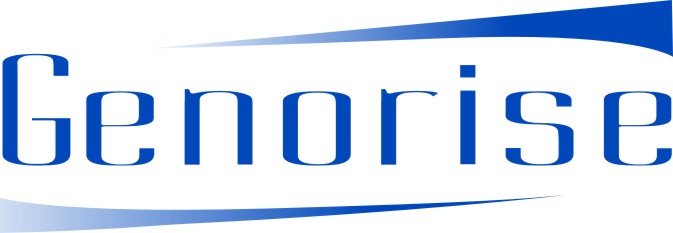

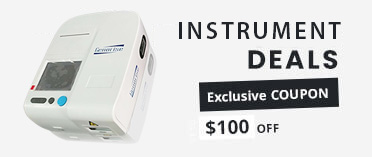
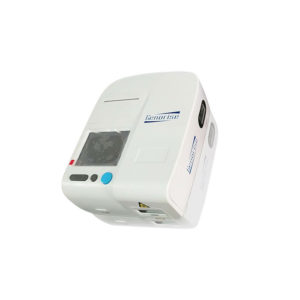
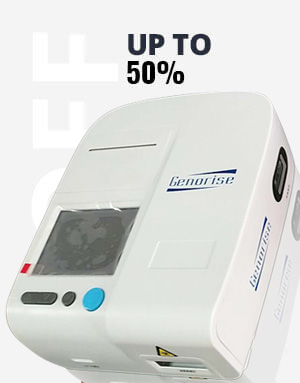


















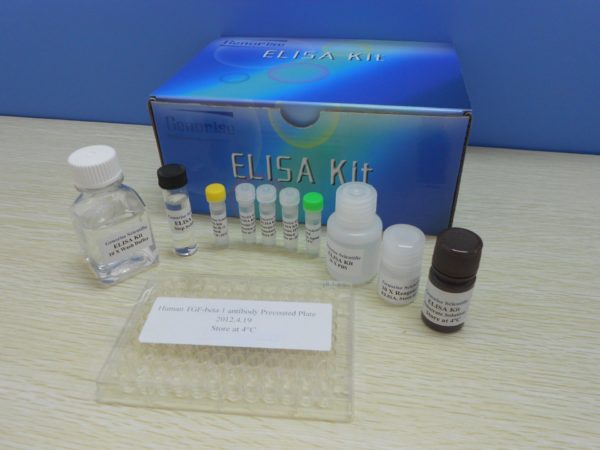
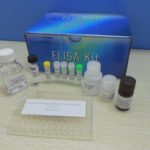

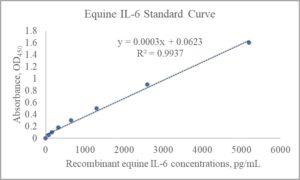
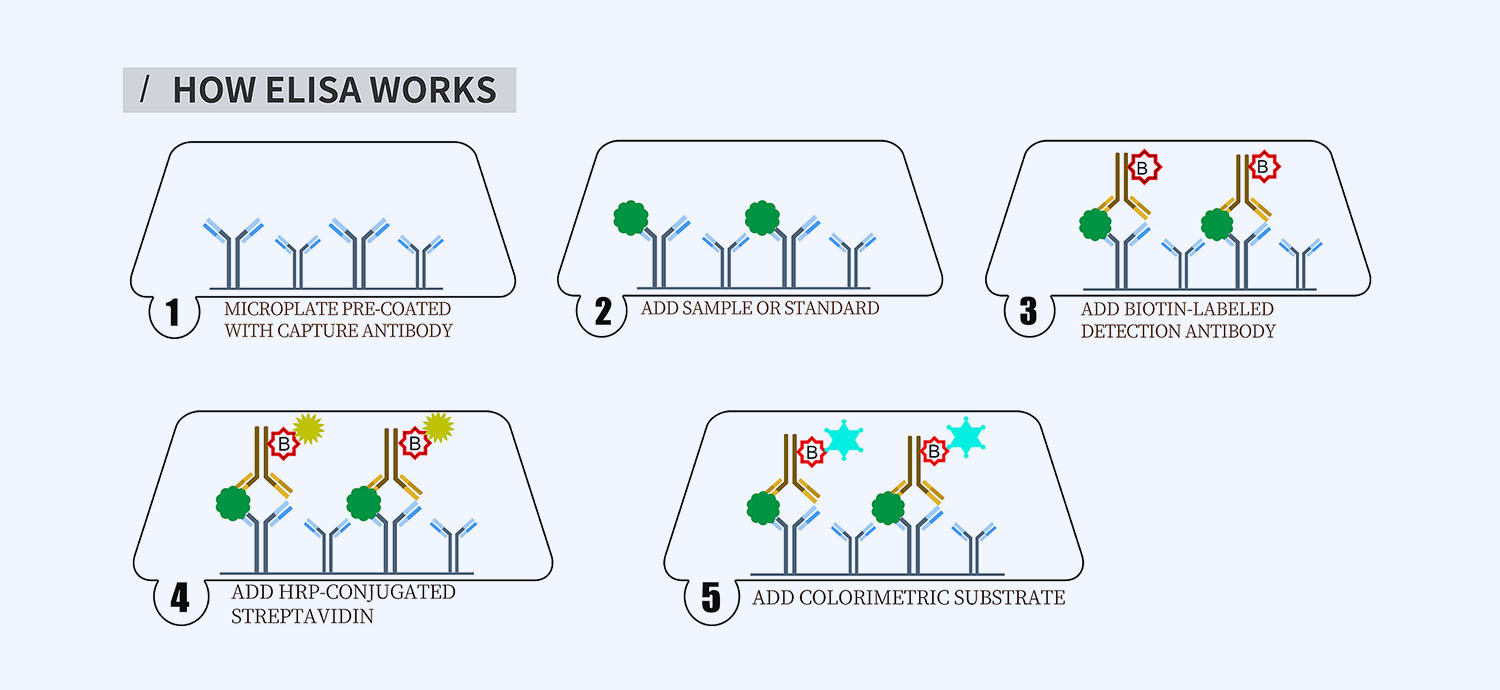
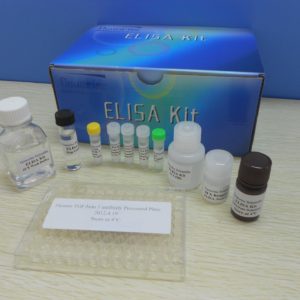
Reviews
There are no reviews yet.